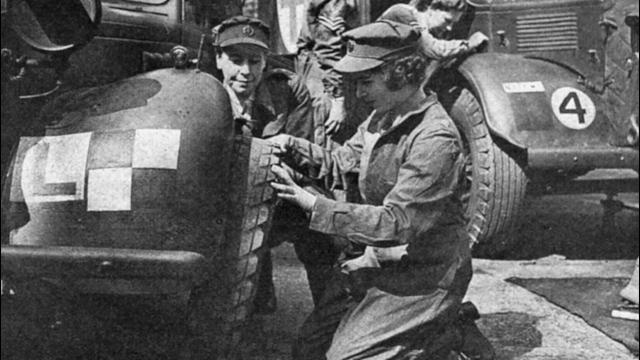Something punches me right in the feels when I see these snapshots of the past that are preserved on the internet forever. Which is why I follow some many historic themed accounts on Instagram.
Some of my favourites are of the auto industry. Getting to see how far it has come (and the beautiful retro cars of course) is a heart-warming experience. As is how cars have been important to the course of 20th century history. Here are my favourite photos.
[referenced url=”https://gizmodo.com.au/2018/05/sexy-bill-gates-and-11-other-historic-tech-photos/” thumb=”https://gizmodo.com.au/wp-content/uploads/2018/05/bill-gates-410×231.jpg” title=”Sexy Bill Gates And 11 Other Historic Tech Photos” excerpt=”As a lover of history, I’m enamoured by photos of the past. Important moments that have been preserved through light and lenses. Some are joyous. Some mournful.
I often trawl historic images on Instagram, because my nerdom knows no bounds. So I thought I would share some incredible photographs that have captured moments in tech history, from some of my favourite accounts.”]
